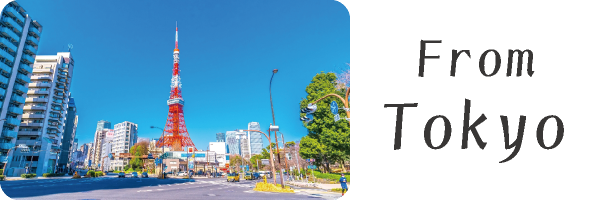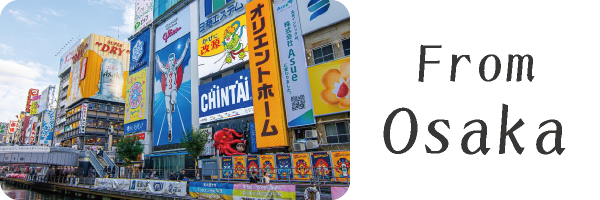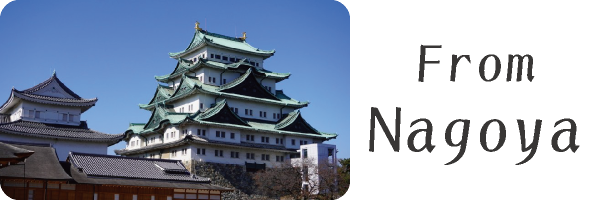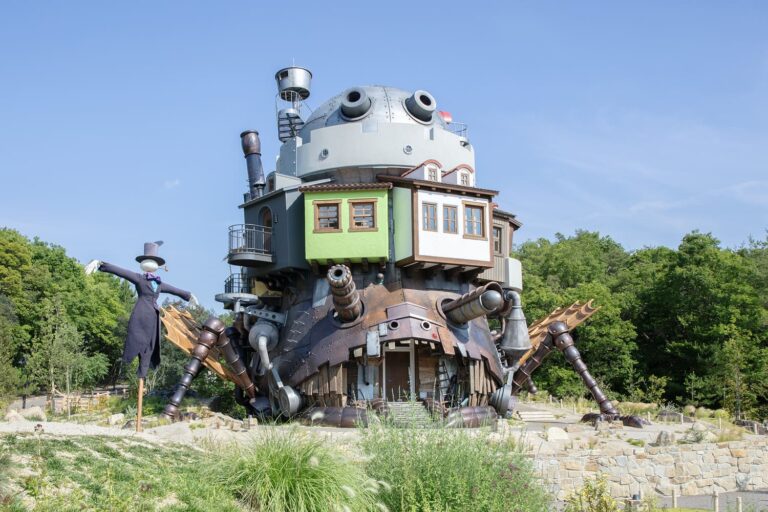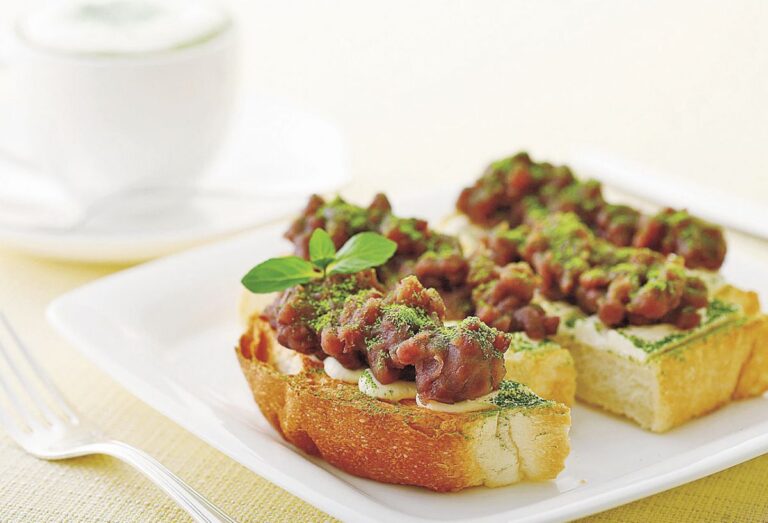ようこそ西尾市へ!西尾市は歴史と自然が溢れる美しいエリアです。特に「西尾の抹茶」は全国的に有名で、その深い味わいと歴史を楽しめます。古くからの寺社や、色鮮やかな花々が市内各所に咲き誇り、訪れる人々を魅了します。また、西尾城跡などの歴史的建造物も見逃せません。美食と絶景の西尾市へ、ぜひ足を運んでみてください。
西尾地区:歴史と文化が残る中心エリア
吉良地区:吉良上野介・名君のお膝元
一色地区:佐久島アートとブランド鰻の生産地
幡豆地区:海と山が隣接 豊富な自然の恵み
アクセス情報
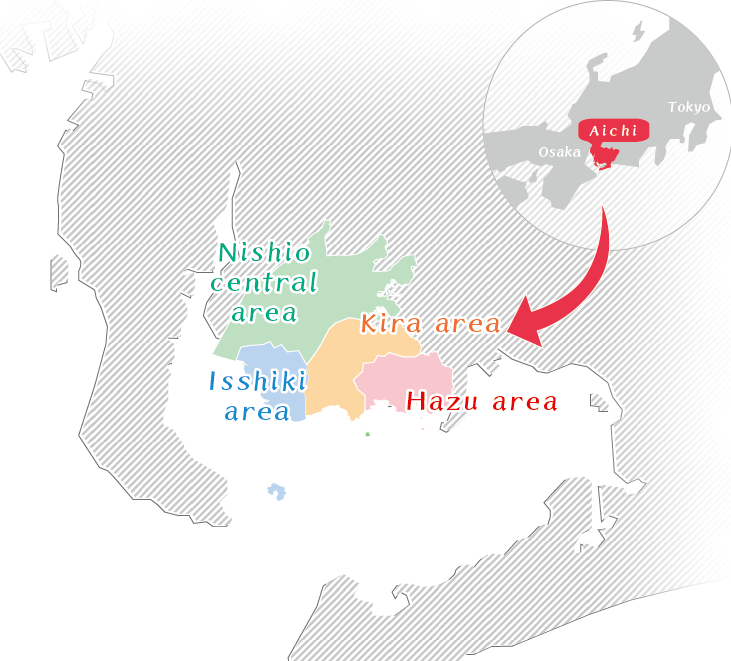
抹茶
西尾は日本有数の抹茶の産地として知られており、特に「尾張煎茶」の産地として江戸時代から知られていました。今でも「西尾の抹茶」は高品質であると国内外から高く評価されています。市内には抹茶を使用したスイーツや料理を楽しむことができるカフェやレストランが多数あり、抹茶文化を体験することができます。
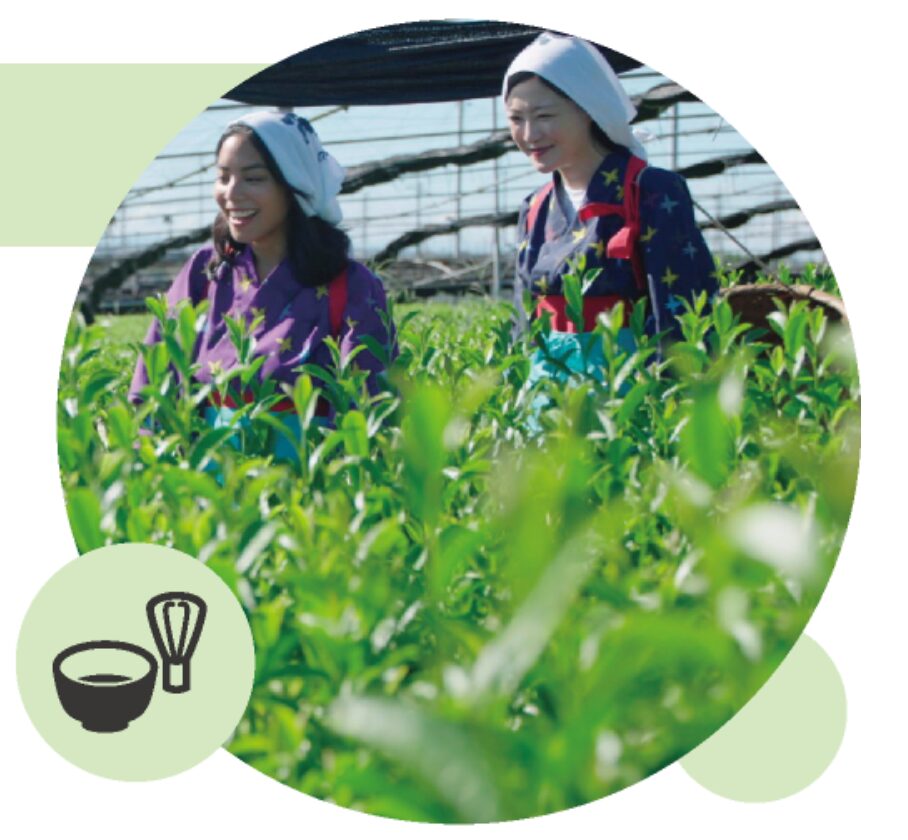
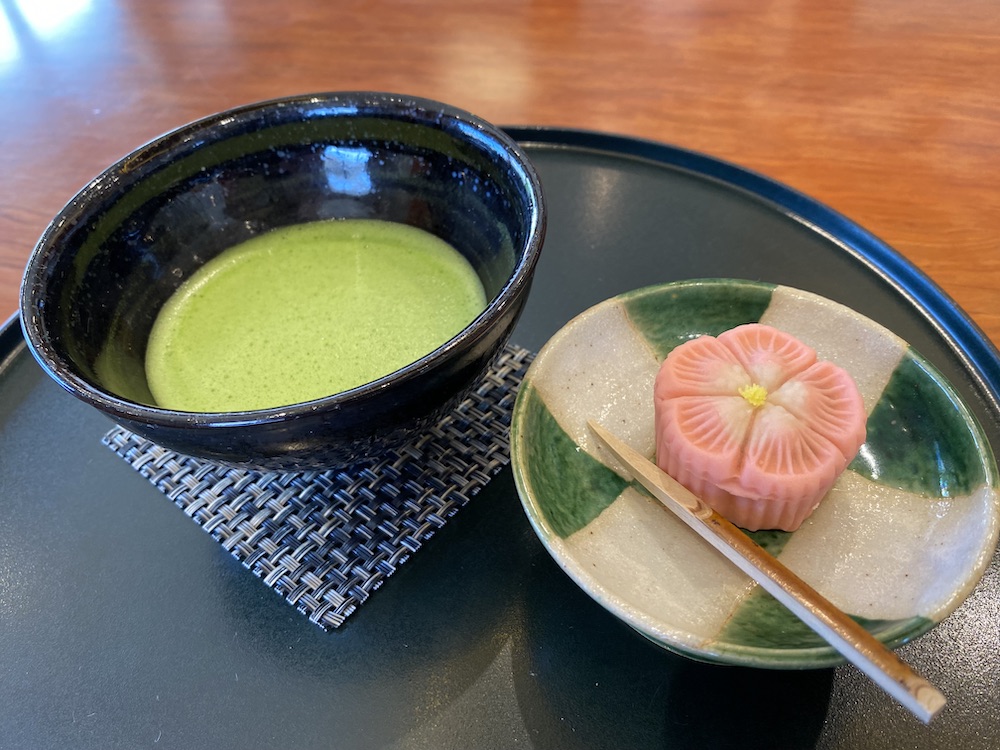
うなぎ
西尾市の南西部にある一色町は100年以上前から、豊かな自然環境と清潔な水質を活かした養殖が盛んで、高品質なうなぎを全国に供給しています。地域ブランドとして認定された「一色うなぎ」は、脂ののりが良く、ふっくらと柔らかい身が特徴。地元では、うなぎを使った様々な料理が楽しめる食事処が多数あり、訪れる人々に深い味わいと伝統の技を提供しています。
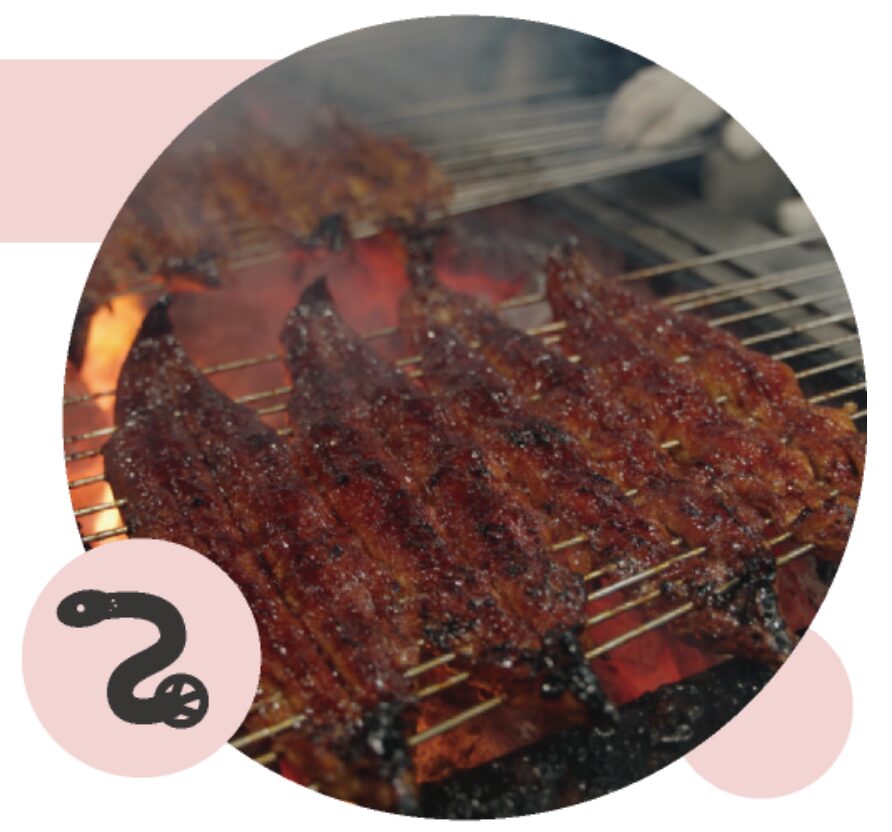
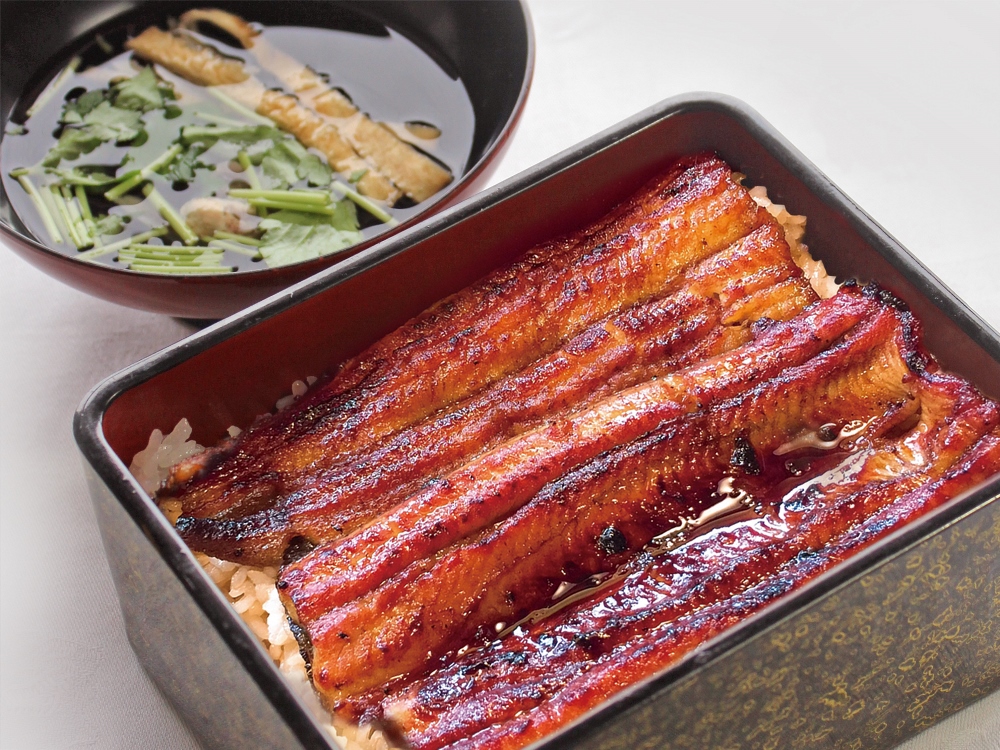
歴史文化
この地域は尾張国と三河国の国境地帯として栄え、特に西尾城は戦国時代の重要な拠点の一つでした。三河の守護である松平氏(後の徳川氏)の支配下にあったこともあり、江戸時代には江戸幕府の直轄地として栄えました。また、400年続く「西尾祇園祭」や「三河一色大提灯まつり」など個性的な祭りも多く、地元の伝統文化を守り次世代に継承しています。
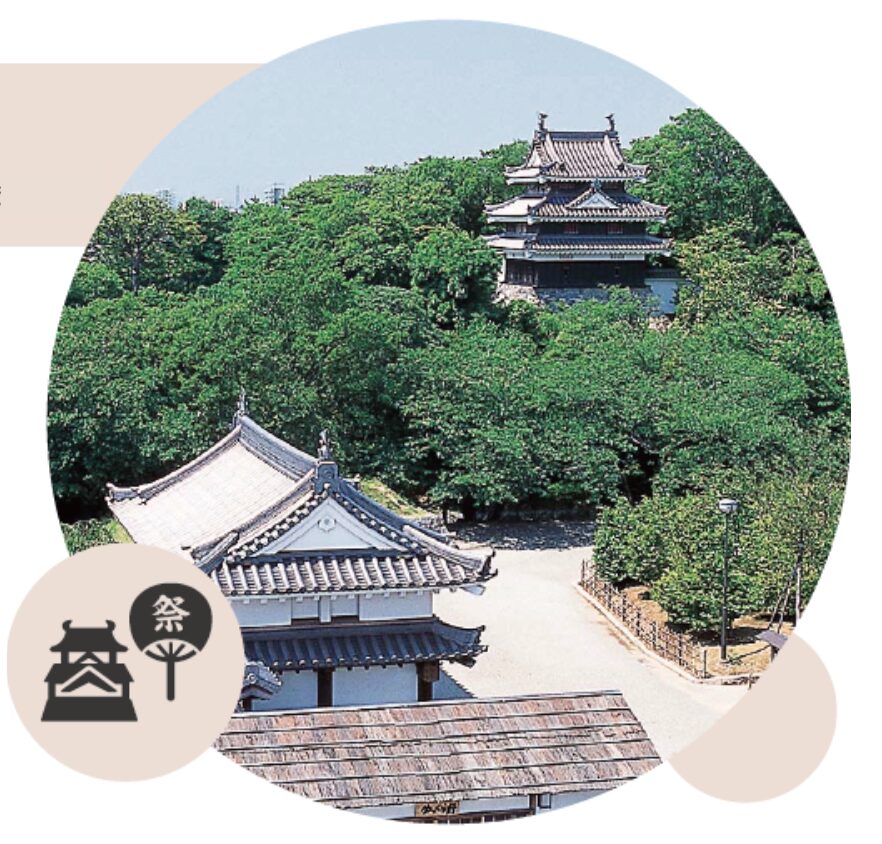
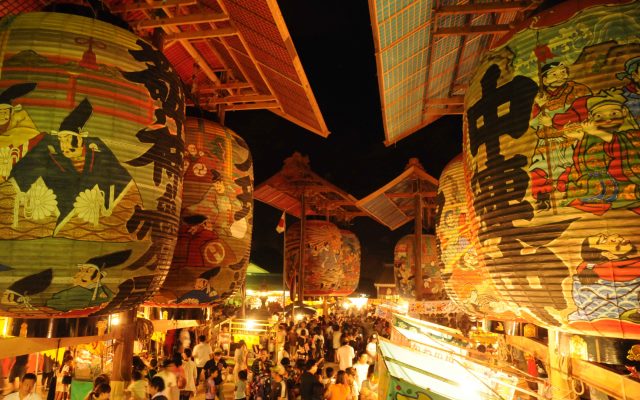
三河湾
三河湾に面する西尾市は、海岸線の美しい景観を楽しむことができます。また、その三河湾に浮かぶ佐久島はアートと自然が調和したユニークな観光地として知られています。島では定期的にアートイベントが開催され、豊かな緑に囲まれたハイキングコースなども訪れる人々を魅了し、日常から離れた時間を楽しむことができます。
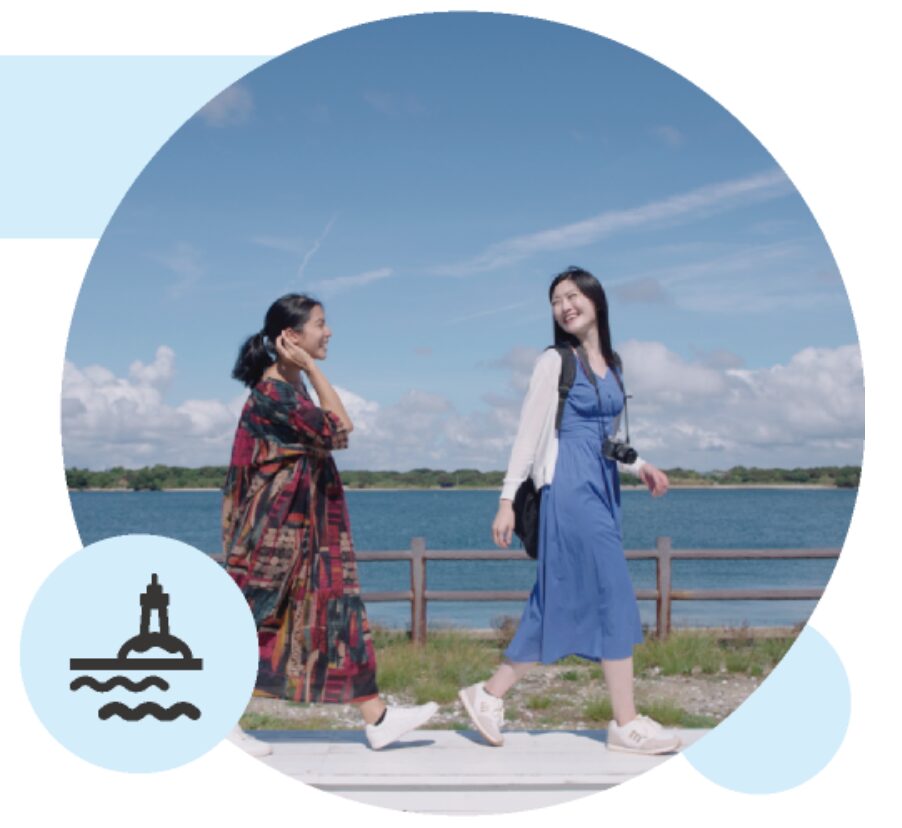
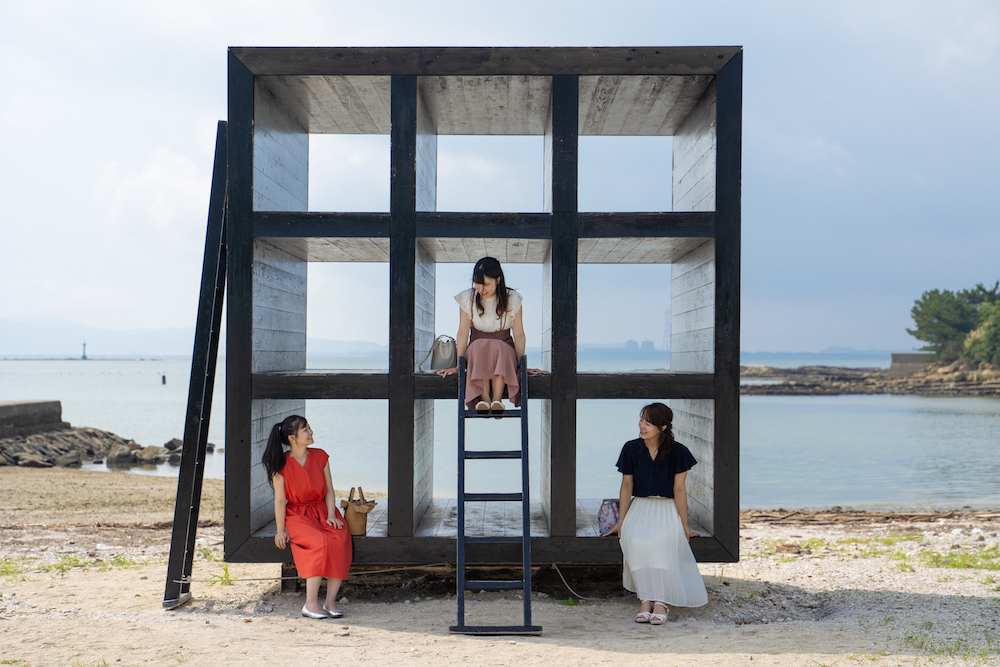
海鮮
西尾は三河湾に面した豊かな海に囲まれています。そこで獲れた魚介を使った料理は、地元はもちろん遠方から訪れる人々にも愛されています。三河湾で獲れる新鮮なアサリは西尾の海鮮の代表格です。海鮮市場や直売所も充実しており、地元の海鮮料理店や寿司屋では、これらの食材を使ったこの地ならではの味覚を堪能することができます。
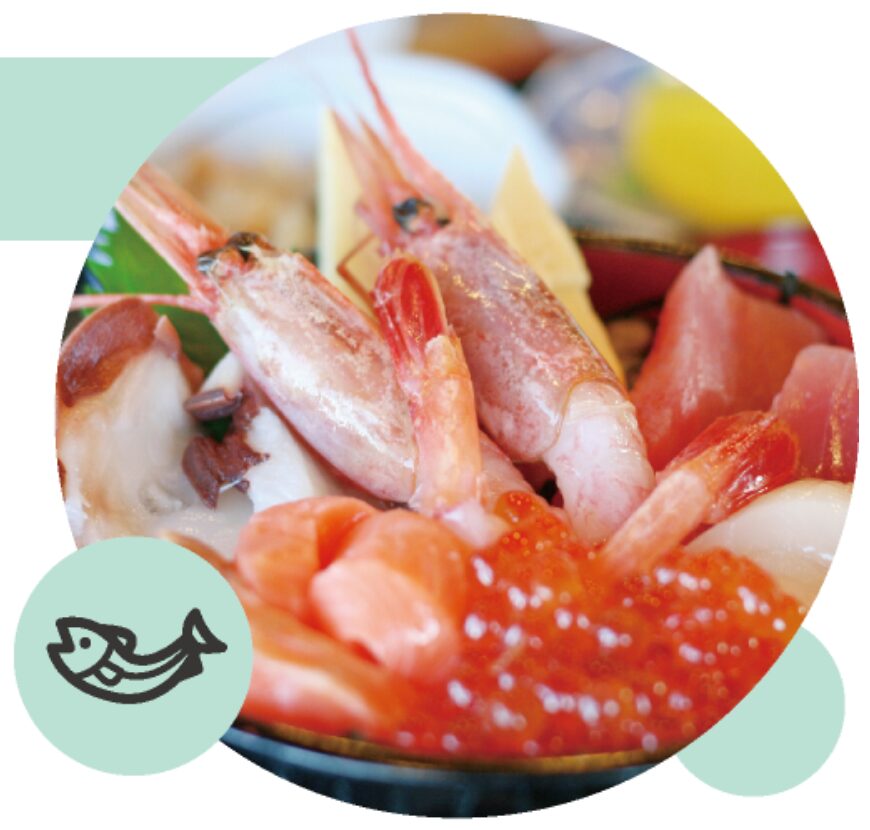
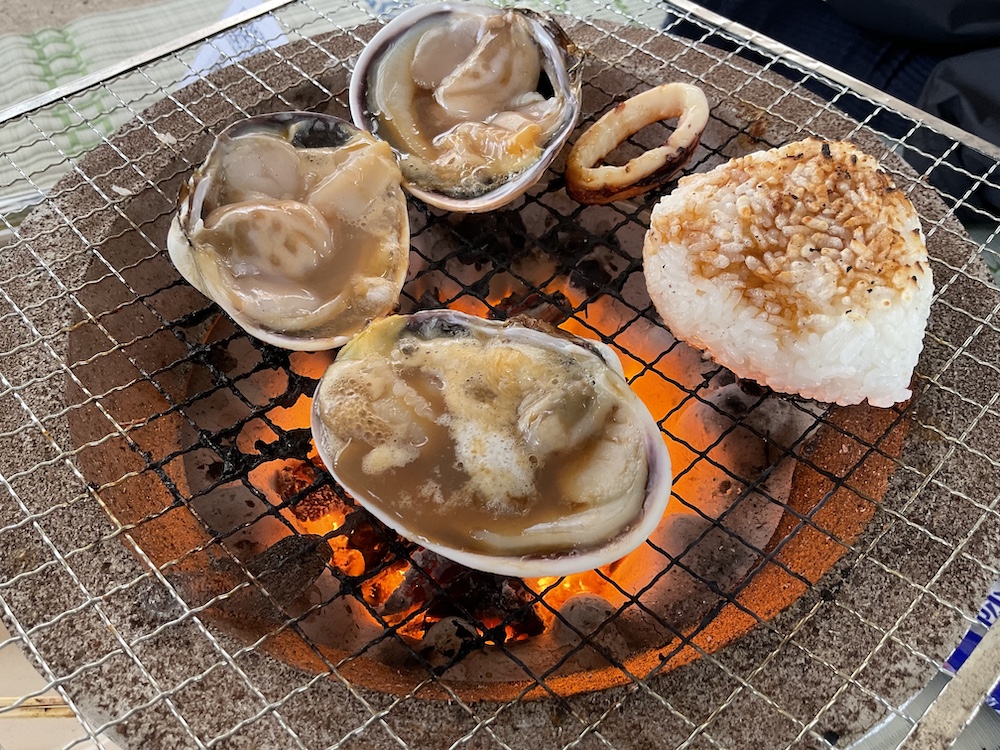
温泉
豊かな自然に囲まれ、歴史と伝統ある温泉地として知られている「吉良温泉」は、海を望む露天風呂からの景観が特に素晴らしく、温泉から見る日の出や日の入りは特に人気です。吉良氏のゆかりの地としても知られており、近隣には吉良上野介の屋敷跡などをはじめとする歴史的なスポットや神社仏閣、自然散策路など、見どころが多く存在します。
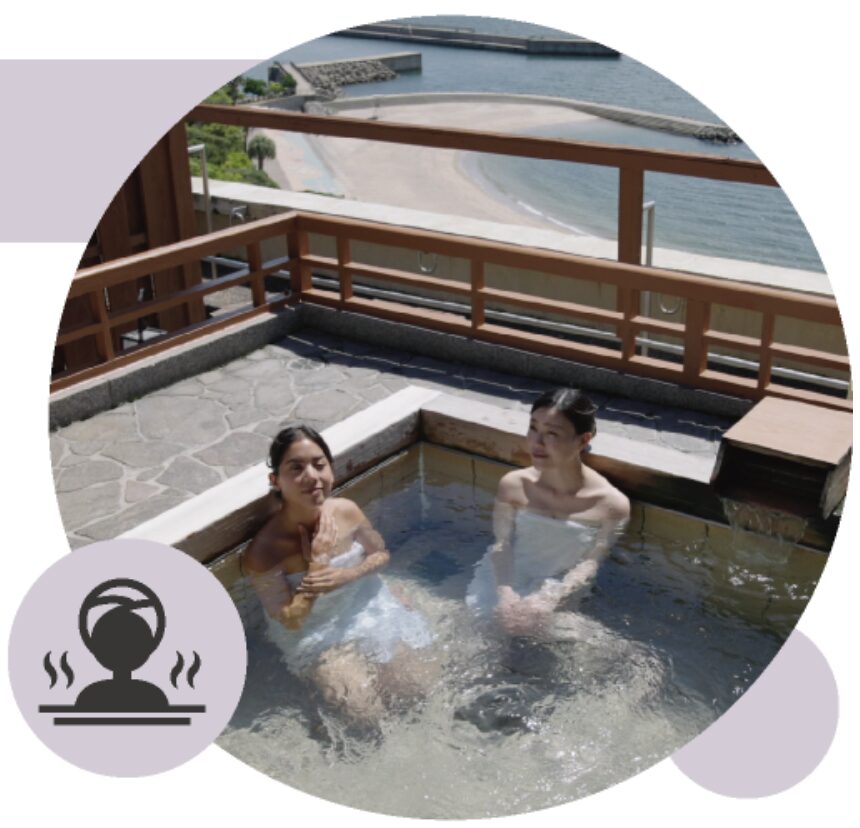

Little Kyoto “Nishio”
Tokugawa leyasu (the founder of the last shogunate in Japan) appointed one of his retainers as the lord of Nishio Castle in 1561 to rule Nishio, which prospered as a castle town yielding 60,000 koku of rice.
Traditional arts and culture have always flourished and been passed down in Nishio even to this day at historic temples and sites, through traditional performing arts and festivals such as Daimyo Gyoretsu.
Why not take a walk along the streets imagining yourself as a princess or samurai?
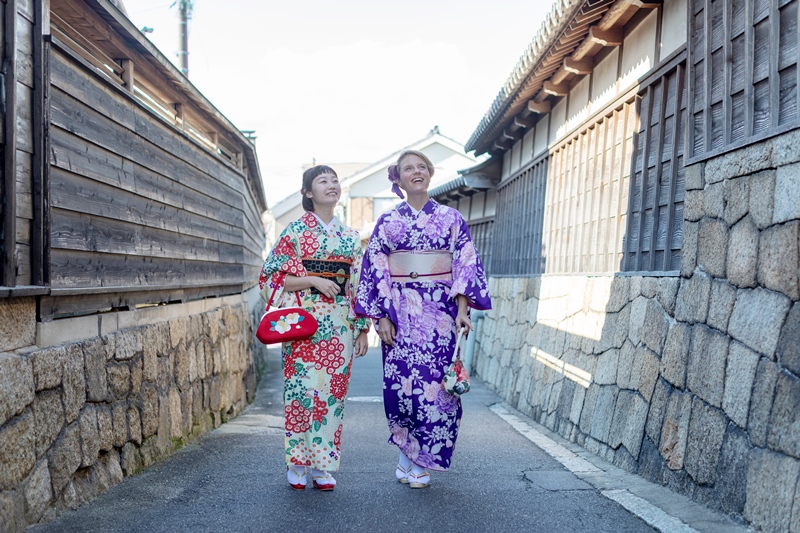
Relationship with Kyoto culture
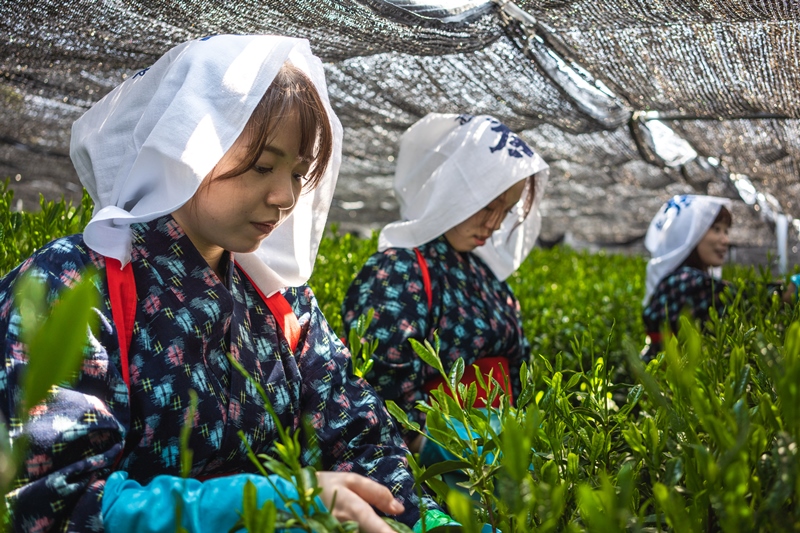
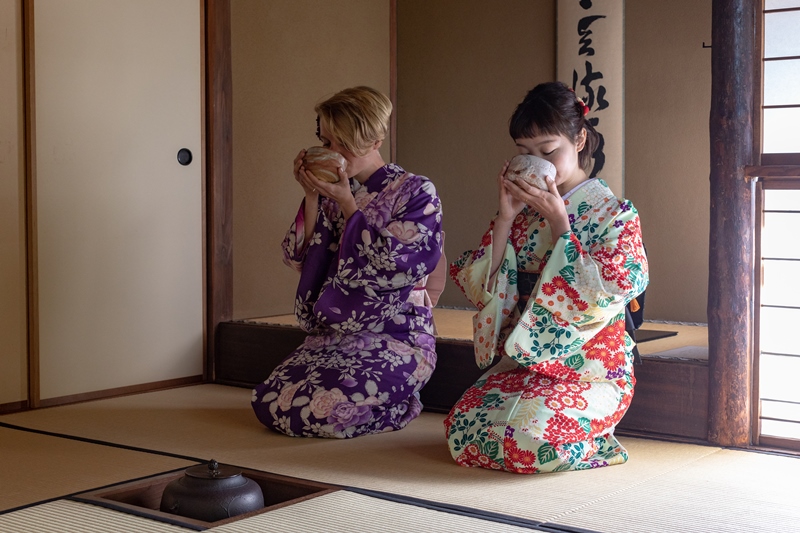
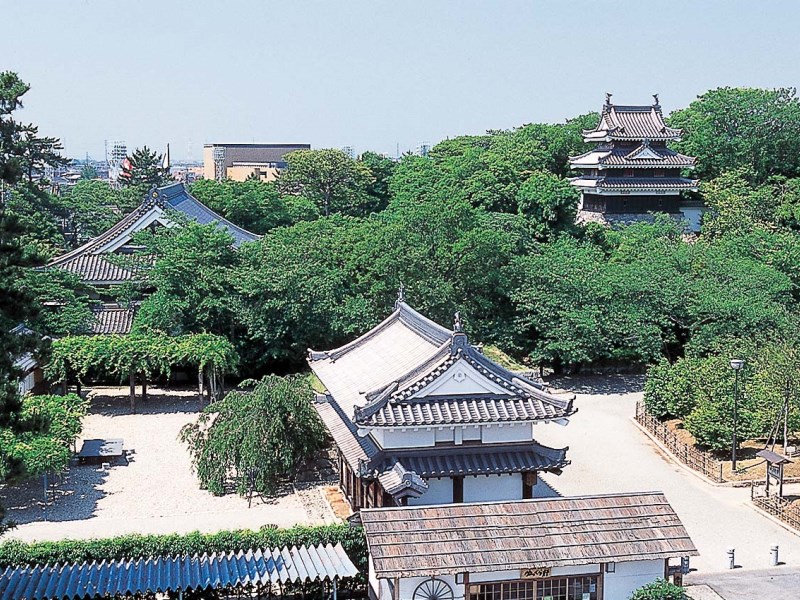
Nishio, which flourished as a castle town after the Warring States period, is the central city of the southern area of Nishimikawa. In Meiwa 1 (1764), Ogyu-Matsudaira entered the castle and developed it into a castle town of 60,000 koku of rice (traditional unit of volume, approx. 180.4 liters). In the city there is the Choenji Temple, which is famous for being the ancestral temple of the Itakura clan, such as Itakura Katsushige, Itakura Shigemune, and Itakura Shigenori who served as Kyoto Deputy. The collection of pieces related to Kyoto culture include works from the Kano School, paintings by Shokado Shojo, and writings by Kobori Enshu, Ishikawa Jyozan, and Hon’ami Kōetsu.
“Kagi Mantou” is held at Mt. Mantou in August, which is an Obon festival similar to Kyoto’s “Daimonjiyaki” bonfire. It has become a summer tradition.
Nishio matcha, a local specialty, is said to have brought about the custom of a monk of the Zen Jissoji Temple drinking tea. Nishio matcha is enjoyed by many locals in Nishio city. The Midori River, which flows through the city, is a place of relaxation for the locals, with cherry blossom trees planted on both banks. The bridges over this river are given quaint names such as Nijo Bridge, Sanjo Bridge, and Shijo Bridge.
In Heisei 7 (1995) Nishio was accepted as a member of the All Japan Kyoto Association with the aim of rediscovering Nishio’s culture and history. Since then, the city has called itself ” Mikawa’s Little Kyoto /Nishio”.

